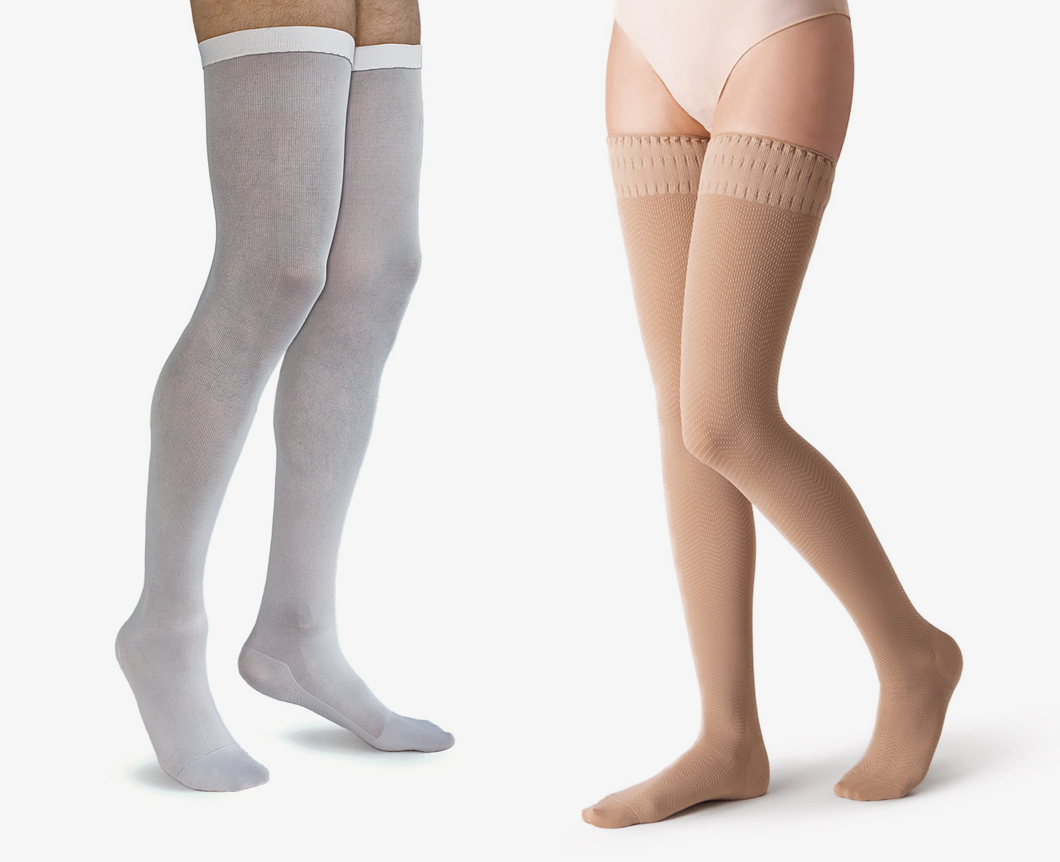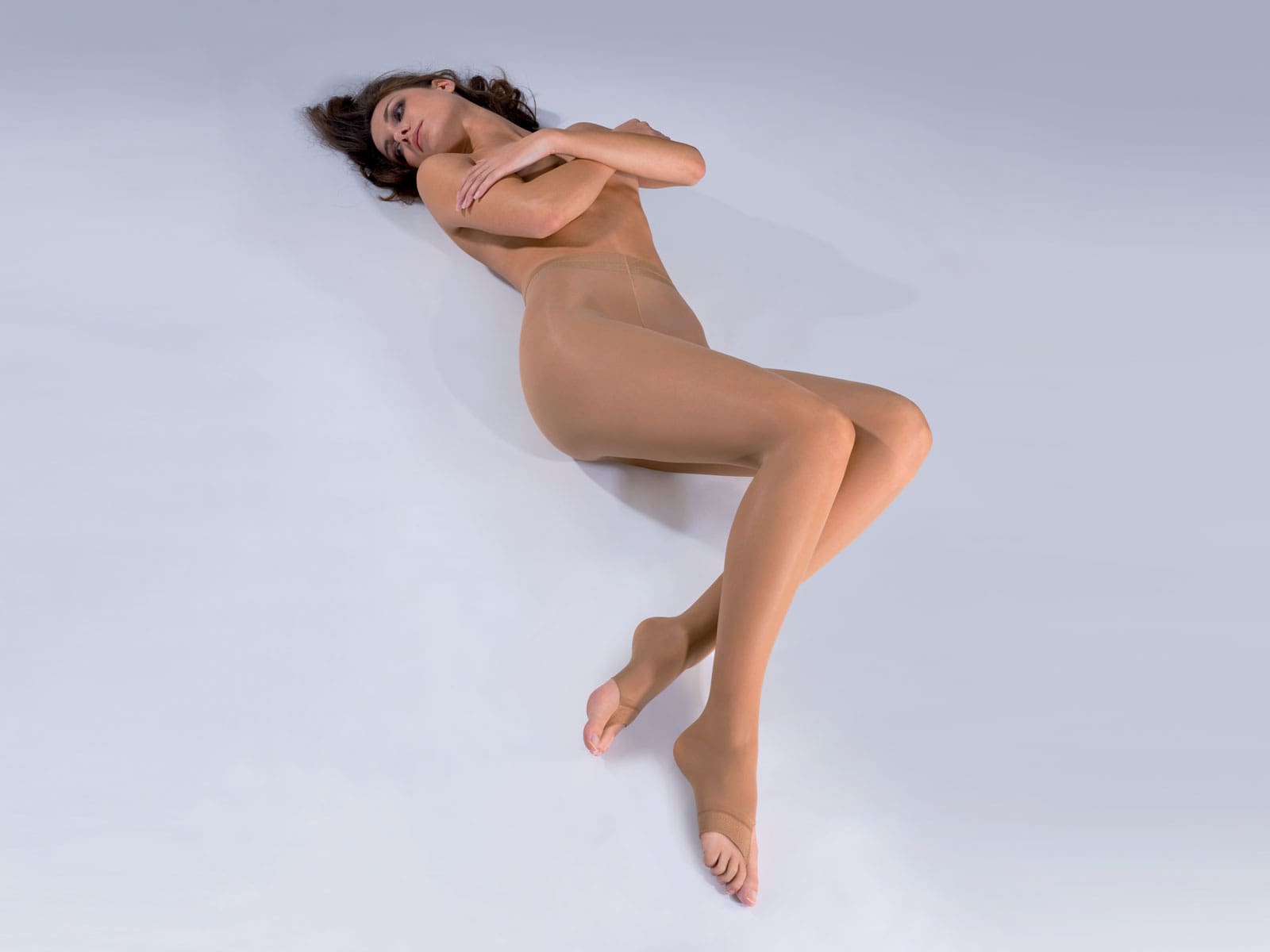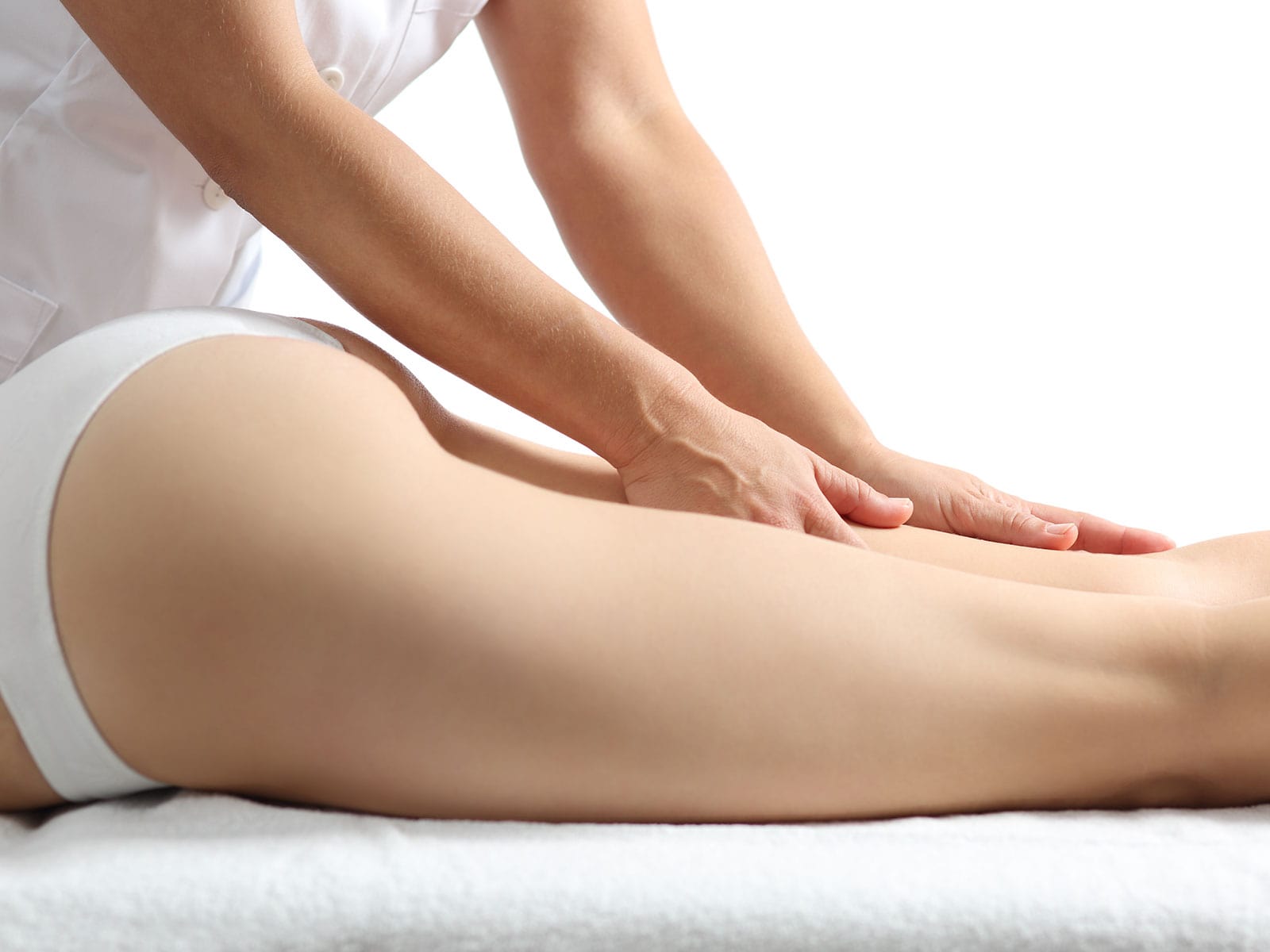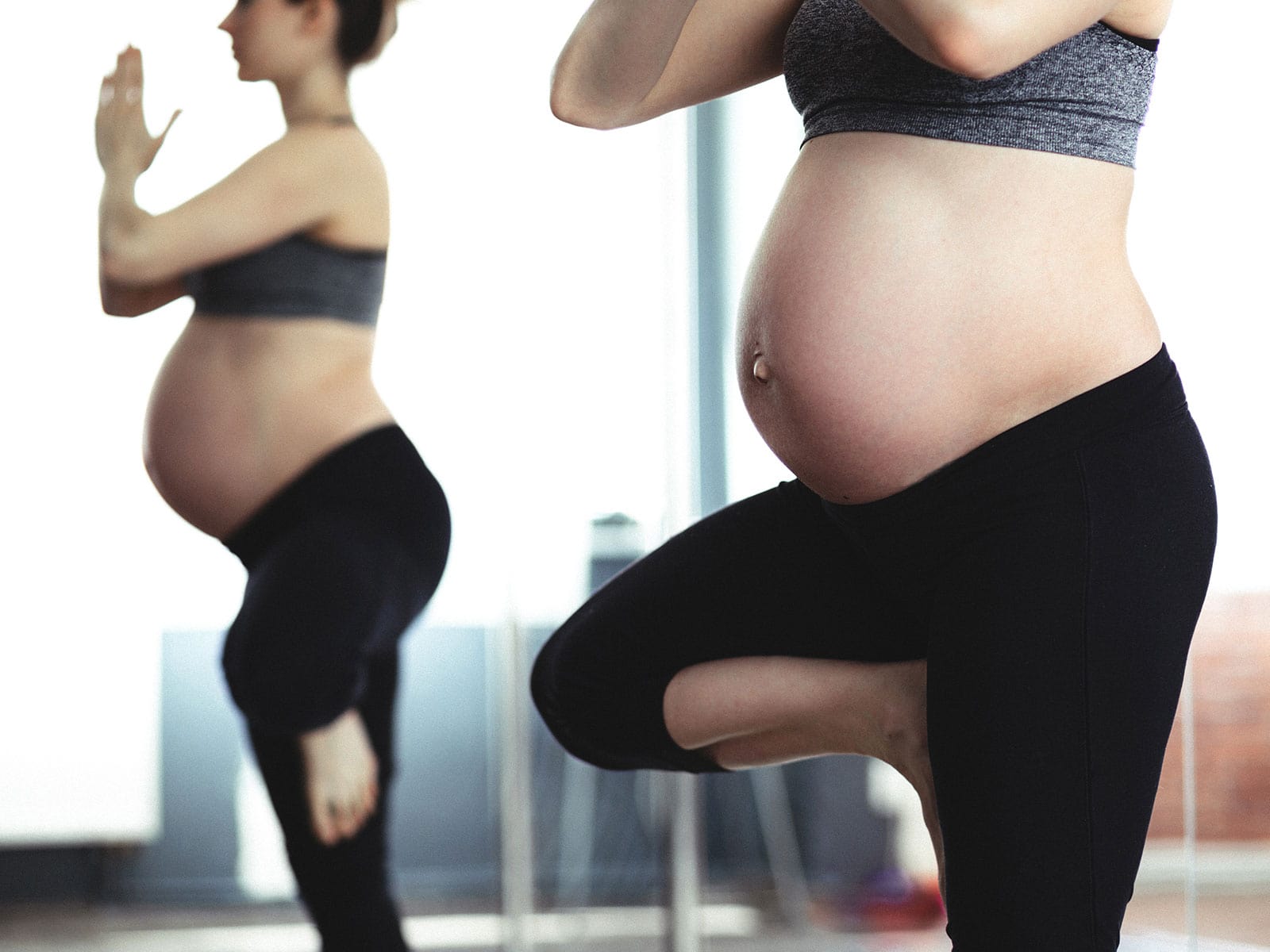In that perfect machine that is the human body the cardiovascular system functions thanks to the heart that pumps blood, oxygenated by the lungs, into the arteries.
In their turn the veins carry oxygen-depleted blood back to the heart from outlying zones.
Capillaries, the smallest vessels in our body, are located between the end of an artery and the beginning of a vein. They form a dense network that creates microcirculation, with the function of having all the oxygen and substances necessary for their health to permeate into the cells.
Veins in the lower limbs may be located near the surface (surface or supra-fascial veins) or in depth (deep veins, sub-fascial, in muscular interstices).
One-way valves, or venous valves are built into the wall of the venous system to help blood flow towards the heart where this is most necessary, where the blood flow is most difficult and to prevent blood from flowing back down (venous reflux).
They are activated by the muscles responsible for lower limb movements and together with muscles they act to "pump" venous blood.
Abnormalities in the circulatory system
With the passage of time and as a consequence of incorrect habits, pregnancy, familial predisposition and hormonal problems the walls of veins may gradually dilate, losing tone and elasticity. The one-way valve system is impaired. Blood struggles to get back to the heart and tends to stagnate, especially in the distal parts of the legs (first the ankle and then the calf).
Telangiectasias
These are small red or bluish veins that appear on the surface of the skin. They are commonly called "capillaries". When they dilate they become very visible and form spider vein blemishes. In most cases they are formed without precise causes and even when there are no circulatory problems. Onset can be favored by: familial predisposition, pregnancy, the "pill", trauma or excessively vigorous massages.
Varicose Veins
These are vein dilatations that can, with time, become tortuous. The most common (truncal varicose veins) are formed near the saphenous and collateral veins. Peripheral networks can also be formed (reticular varicose veins) on the rear surface of the thighs and legs. Reticular varicose veins are often considered to be only an esthetic problem. However they can become real disturbances such as truncal varicose veins. Varicose veins, in their early stage, give a feeling of heaviness to the legs and ankles and a sensation of fatigue and tension. Then there may be swelling of the legs (edema) with night cramps. Hypodermitis may also take place with inflammation of the subcutaneous tissue. Untreated venous insufficiency can become chronic with the presence of ulcers.
Venous Thrombosis
This is the presence of a blood clot in the veins, often caused by slowing down of blood flow. Thrombosis can strike deep veins with the risk of pulmonary embolism. If the thrombus forms in a superficial vein (often varicose) the skin becomes red and hot, the vein is painful and hard and inelastic. Generally there are no risks of pulmonary embolism in this case. The causes of deep venous thrombosis may be varied: from blood diseases to trauma or prolonged bed rest.
Ulcer
This is a lesion of the skin. It is not very painful if it is not infected and requires frequent medication, usually twice a week. Venous ulcers generally occur on the inside of the ankle and are caused by an alteration in venous circulation, sometimes accompanied by arterial insufficiency (ulcus mixtum). The most decisive cure is surgery on the saphenous vein (when efficacious), backed up by medication, physical therapy and elastic compression.
Glossary of blood circulation
- ARTERY: blood vessel that carries blood from the heart to the organs.
- VEIN: blood vessel that carries blood from the periphery of the body back to the heart. Equipped with one-way valves to prevent blood reflux.
- DEEP VEIN: a vein placed between the muscles.
- SUPERFICIAL VEIN: a vein located in subcutaneous adipose tissue.
- VARICOSE VEIN: permanent dilatation of a vein where blood flows in the opposite direction with respect to the normal direction, from the groin to the foot, with regressive alteration of its walls.
- TRUNCAL VARICOSE VEIN: related to the trunk that the vein it belongs to comes from.
- VARICECTOMY: surgical removal of a varicose vein.







